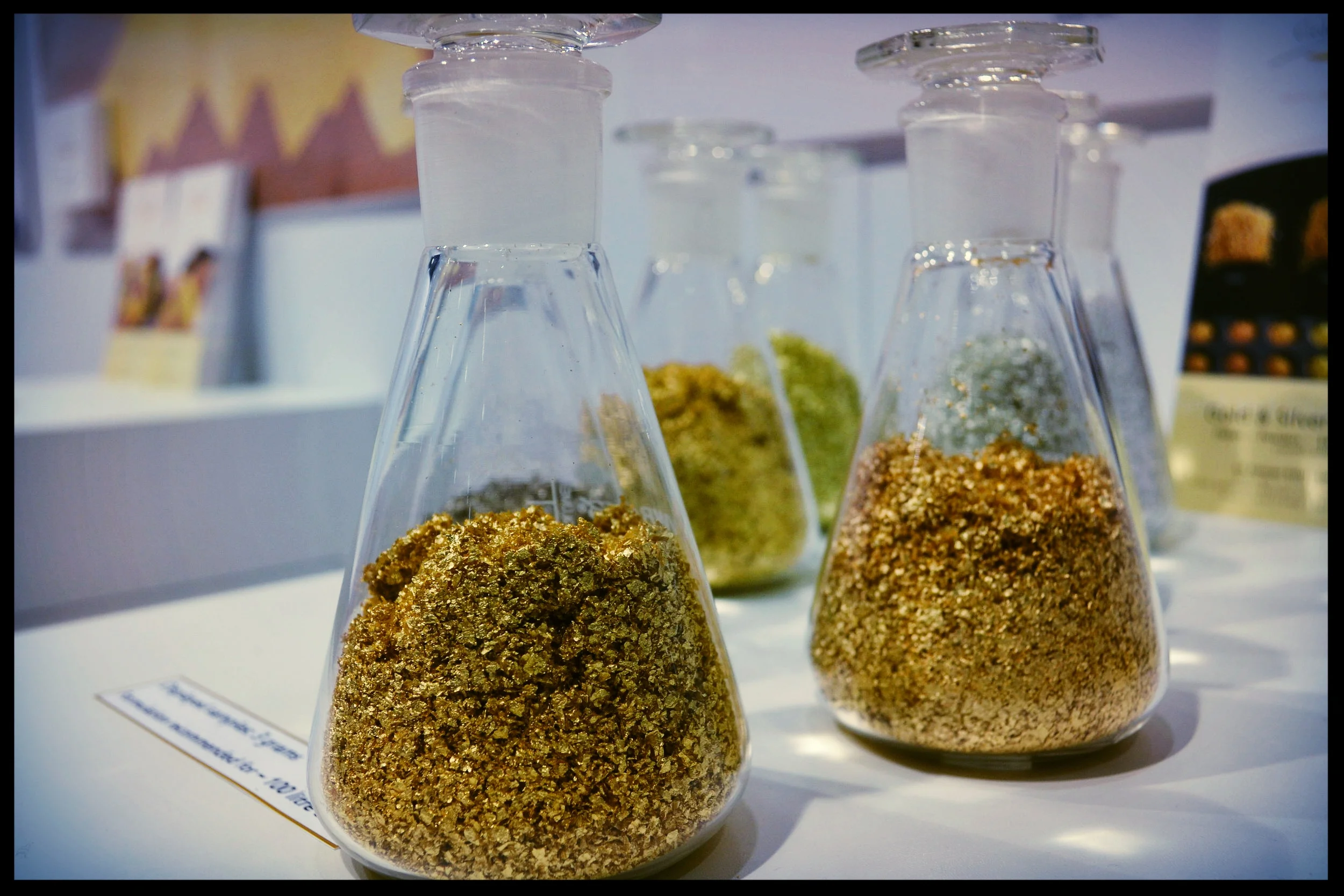Product Development Tips: When manufacturing goes wrong
/Photo Credit: Cherie Buziak
It’s crazy how much effort goes into getting a product on the shelf. And sometimes, the decisions are never about the product. The decisions are about trusting in the big picture, they’re about trusting yourself and who you have become as a creative marketing product developer, trusting your colleagues and trusting time.
How Things Usually Work
As a product developer, you may be asked to go on the first production run for the product that you and the R&D teams developed at the lab level. This is a great learning opportunity to observe how a product moves from tubs of raw materials and is processed all the way through to a final filled and packaged product.
Generally, attendance isn’t something that is done alone. Production engineers, R&D teams, chemists and QC teams join and meet pre-, mid- and post-production.
The brunt of the manufacturing typically lies in the hands of the production engineers. Raw materials need to be weighed, checked and double-checked for quality assurance. Everything is in their corner. However, depending on the size of the company you work for, the marketing product developer may need to approve the final produced bulk. That's where I came in.
When Things Go Wrong
I was three months into a new position running my first manufacturing batch. I was faced with a scaled-up bulk that, well….didn’t look right.
On this first production run the product, a moisturizer, formed a slight liquid on the surface after being filled—not a good sign. We never saw this type of behavior of the bulk at the lab level. It wasn’t a large amount of liquid. I actually had to tilt the jar on its side, and look pretty closely, but it was there. I thought to myself: "Will the flaw be significantly noticeable to the customer, or was I just being picky about the formula aesthetic?"
My first thought was: now what? I’m not a chemist, but I did know enough to understand that this early separation sign could mean that the product would eventually separate once delivered and was sitting on the selling shelf.
My boss wasn’t there to consult with me, and Skype, FaceTime and instant meeting apps were not yet the industry go-to, nor was sending pictures via phone or e-mail.
The engineering and R&D teams were there, but, since I was representing the marketing team, I had to make the multi-million-dollar decision of how to proceed.
Questions I Had to Answer as a Product Developer
Do we let these pieces that were filled go to market, and then adjust the formula for the next scale up?
Do I hold this batch from being shipped?
Will the flaw be significantly noticeable to the customer, or was I just being picky about the formula aesthetic?
Do I give the order for a multi-million-dollar do-over by directing the team to trash the bulk and packaging and start over?
What I Did
First, I decided to wait. In a world where speed to market is the norm, doing nothing looks like no decision at all.
And yet, I trusted my gut. At some point in your career, you learn to listen to that inner voice. Gut instinct—it’s not something you can write on your CV as a skill set.
And with doing nothing comes the inner discipline of sitting well with your decision, even while knowing that everyone around you wants you to do something—and what they want you to do is make a decision that they can see. A decision that moves the process forward.
Through the support of my supervisor, I held my ground. I slept on it. Why? I not only trusted myself, but I trusted my colleagues and the wisdom I had gained from the chemists in the labs over time. Sometimes the initial pour of a product continues to change over the first 24 hours. Viscosity can build, and texture can feel different. I wanted to wait and see what would happen.
Finally, I put things in perspective. I recalled a common internal mantra that we shared in the office to help lighten things up when things got tough: “We’re making beauty products; we’re not curing cancer.”
What Happened and What We Learned
The next morning we realized that the formula had been poured and capped when it was a little too warm, so it formed a slight condensation on the surface of the bulk. It didn’t happen to every piece, but it occurred enough to step back and evaluate the situation.
Some Things Just Need Time
By the next morning, the bulk was back to normal. It was a relief to give the go-ahead to move forward with production. And we learned a few things. We learned that this particular formula had a very sensitive viscosity level.
Viscosity specs needed to be watched closely during manufacturing or else we could end up with a very runny formula coming out of a jar with cap component—not desirable.
A Happy Ending
Today, we run in a fast business of trying to meet consumer demands, and waiting, for time, can be an unheard of concept. But some principles never change: some things just need time.
You can’t force matters if time is needed for a decision to be made, or a process to happen. Experience, trust and diligence yield better results.
Oh, and one more thing. This particular product ended up winning a CEW award. Happy ending!
This article was originally published in Global Cosmetic Industry Magazine.




